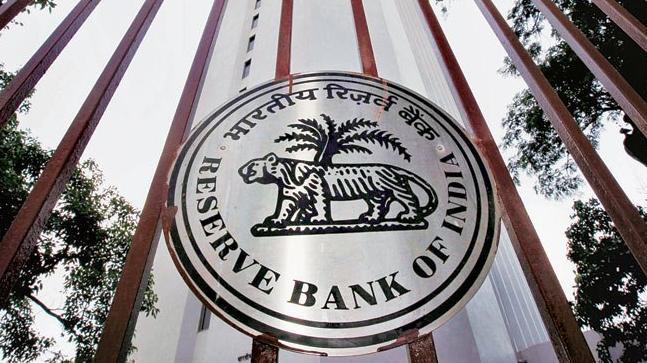 English
English

In view of the “current and evolving macroeconomic situation” in the country, the Reserve Bank of India (RBI) on Wednesday decided to keep the policy repo rate under the liquidity adjustment facility (LAF) unchanged at 6.5 per cent. The decision was taken at the fifth bi-monthly meeting of the Monetary Policy Committee (MPC) of the RBI.

Mumbai: In view of the "current and evolving macroeconomic situation" in the country, the Reserve Bank of India (RBI) on Wednesday decided to keep the policy repo rate under the liquidity adjustment facility (LAF) unchanged at 6.5 per cent. The decision was taken at the fifth bi-monthly meeting of the Monetary Policy Committee (MPC) of the RBI.

"On the basis of an assessment of the current and evolving macroeconomic situation at its meeting today, the Monetary Policy Committee (MPC) decided to keep the policy repo rate under the liquidity adjustment facility (LAF) unchanged at 6.5 per cent," said the RBI in a press statement issued after the meeting.
The repo rate is the rate at which the Central bank of India lends money to commercial banks in the event of any shortfall of funds, and which is also used by the monetary authorities to control inflation.
"Consequently, the reverse repo rate under the LAF remains at 6.25 per cent, and the marginal standing facility (MSF) rate and the bank rate at 6.75 per cent. The decision of the MPC is consistent with the stance of calibrated tightening of monetary policy in consonance with the objective of achieving the medium-term target for consumer price index (CPI) inflation of 4 per cent within a band of +/-2 per cent, while supporting growth," the RBI further said in the statement.
According to RBI, since the last MPC meeting in October 2018, global economic activity has shown increasing signs of weakness on rising trade tensions. Among advanced economies (AEs), economic activity appears to be slowing in the US in Q4:2018, after a buoyant Q3. The Euro area growth lost pace in Q3, impacted by weaker trade growth and new vehicle emission standards. The Japanese economy contracted in Q3 on subdued external and domestic demand.

"Economic activity also decelerated in major emerging market economies (EMEs) in Q3. In China, growth slowed down on weak domestic demand. The ongoing trade tensions and the possible cooling of the housing market pose major risks to growth in China. The Russian economy lost some traction, pulled down largely by a weak agriculture harvest, though the growth was buttressed by the strong performance of the energy sector," the RBI further said.
"The Brazilian economy seems to be recovering gradually from the economic disruption in the first half of the year. The South African economy expanded in Q3, after contracting in the previous two quarters, driven by agriculture and manufacturing. Crude oil prices have declined sharply, reflecting higher supplies and easing of geopolitical tensions," added the RBI.
"The base metal prices have continued to decline on selling pressure following weak demand from major economies. Gold price has risen underpinned by safe-haven demand triggered by political uncertainty in some geographies, though a strong dollar may stem the rise. The inflation scenario has remained broadly unchanged in the US and the Euro area," said the RBI. (ANI)